I would regard the 1962 Indo-China war as a spectacular defeat of both the military and political leadership. However, considering the immensely adverse situation that our soldiers were put up against, I would say that the war was a victory of our infantrymen. Lack of ammunition, improper and inadequate clothing and food, severely lack-lustre artillery support, were only some of the ¬self-created aspects that the Indian soldiers had to deal with. Yet, they fought superhumanly. You’ll not hear of a single soldier being shot in the back during the course of the war.
Amidst a variety of blunders committed by the Jawaharlal Nehru government before and during the 1962 war, the one that most baffles and shocks is the non-deployment of the Indian Air Force despite the fact that its firepower could surely have brought India back into the war.
Indian intelligence agencies had made assessments about the strength of the PLAAF (People’s Liberation Army Air Force) and the possible consequences if India and China got involved in an air battle. Certain intelligence reports with the Eastern Command in Lucknow in March 1960 mentioned about China having a group of airfields north of Lhasa in Tibet. They said that these airfields could handle PLAAF’s heaviest bombers which was something India had to be concerned about. The report also talked about additional airstrips in the region from where Chinese fighter jets could take off.
The Intelligence Bureau made certain terrifying assessments. It said that PLAAF bombers operating from bases in Tibet, Yunnan and Sinkiang, could reach Madras as the Indian Air Force didn’t have enough night interceptors. It added that Chinese MiG-17s and 19s and the newly acquired MiG-21s would destroy Indian Canberra bombers as the Chinese jets had night capabilities. To add to the list of the troublesome and demoralizing warnings, the IB said that if India and China went to war, Pakistan would initiate an attack in Kashmir. Unfortunately, these assessments were blindly accepted by all those in positions of power.
The Truth
The PLAAF had no advanced runways to operate from in Tibet and no low-altitude ones from where its jets could take off with full payloads. China had successfully persuaded Russia into not selling MiG-21s to India, but the fact remains that unlike what the IB predicted, even the Chinese didn’t have any MiG-21s. Also, even though the IAF was numerically inferior to the PLAAF, it had some very capable fighter jets like the Hawker Hunter and the Gnat. They were some of the best subsonic aircrafts at the time. India also had the French Ouragan and the Mystere based in the Western Sector from where Ladakh was within comfortable range.
On of the most significant advantages that the IAF had – and still does – is that its jets could take off from airbases at sea level with full payloads unlike its counterparts who would be forced to operate less efficiently as they would have to take off from high-altitude bases in Tibet. Also, unlike the IB’s ‘fear-mongering’, the PLAAF would have found it hard to reach even Gorakhpur.
There were more aspects that went against the PLAAF. In March 1962 a lieutenant of the PLAAF had defected to the US. He had requested for asylum in India but India had denied though, the IB got hold of some of the important information that he had to tell the Americans. He is said to have told the Americans that even though China had over 2,000 aircrafts it could use only a fraction of those in Tibet against India. He went on to say that let alone Tibet and Sinkiang but China found it tough to operate its aircrafts even from its mainland because Soviet aid had dried up!
Clearly the IAF was at an advantage to the PLAAF and this was – and if not then it should’ve been known – to the Indian military and political leadership before the war began.
As far as the aspect of Pakistan opening up a second front is concerned, it is now known – with the advantage of hindsight – that Pakistan had no intention of doing so. If it wanted to then it would’ve when India was being pushed back on its own territory and as a defeat was becoming an inevitable result. It was only logical to use the IAF in a situation where you desperately needed to turn the tables. What worse could’ve happened than what already did?
And No, Nehru Wasn’t Averse to Air Power
Nehru wasn’t against using air power; he was simply against using Indian air power. This stemmed not just from the intelligence reports but also from the fact that Nehru had a tendency to undermine and distrust the capability of the forces.
On 19 November 1962 a secret letter was drafted on behalf of Nehru to the President of the USA John Kennedy requesting him for intervention by the air forces of America and Britain! Nehru literally pleaded him to ‘save’ India’s Eastern sector from the Chinese. He even listed to the President what exactly he needed in terms of aircrafts. What’s more is that he didn’t even consult the air chief before laying out his demands!
The 1962 debacle was a clear example of political cowardice and ignorance of geopolitical reality. From weakening the army to handing Tibet over to the Chinese to staying mum as China took over Aksai Chin to promoting useless military officers, 1962 will go down in history as a war that was lost even before it began because the political and military leaderships were sorely incompetent.
Source: ‘1962: The War That Wasn’t’ by Shiv Kunal Verma


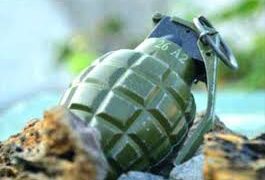

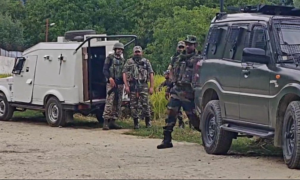







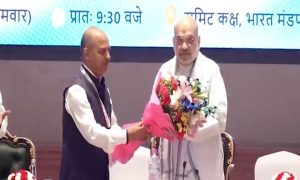

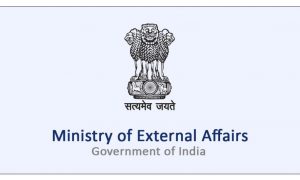

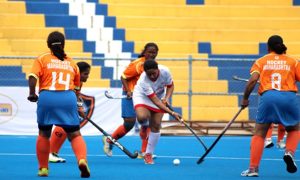



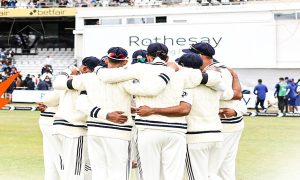







 WhatsApp us
WhatsApp us